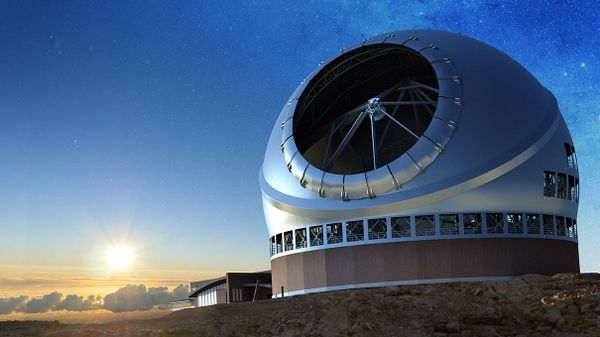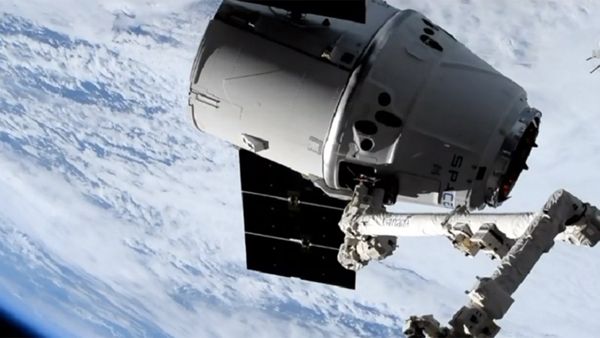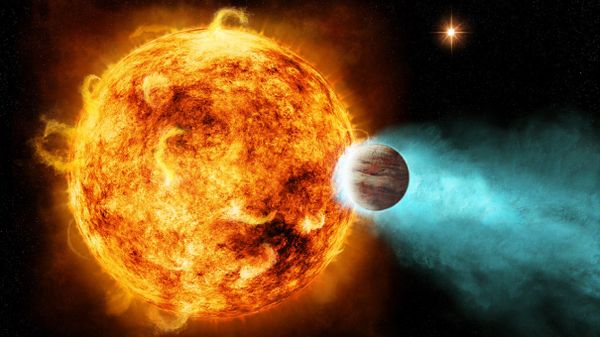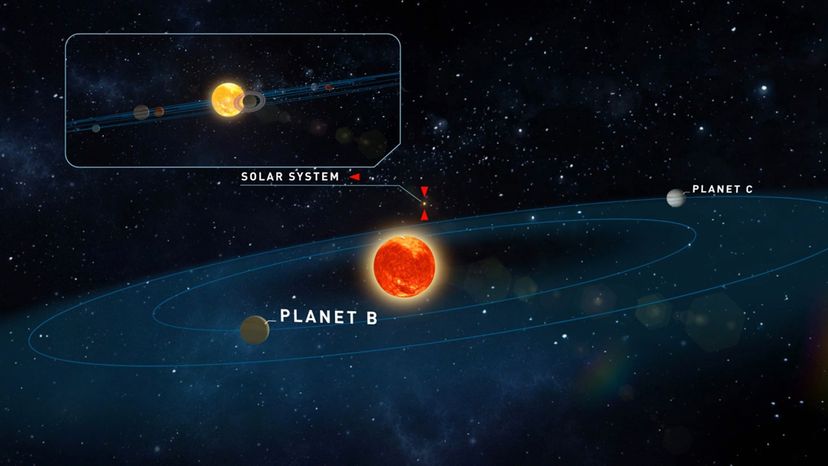
When it comes to studying alien worlds beyond our solar system, the closer the better.
And now, in a stroke of cosmic luck, astronomers have announced the possible discovery of not one, buttwoEarth-sized系外行星orbiting an ancient star right on our galactic doorstep.
Advertisement
What's more,they might be habitable.
Although the star, called Teegarden, is located only 12.5 light-years away (a mere interstellar stone's throw), it's so small and dim that astronomers only discovered it in 2003. While it belongs to the most common type of star known in the galaxy, and is only 10 percent the mass of our sun, the 8-billion-year-old红矮星may be a very special little star indeed.
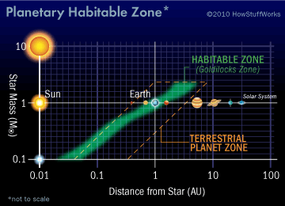
The discovery of the exoplanets was led by astronomers from Germany's University of Göttingen, working throughthe CARMENES project. The project's aim is to seek out worlds orbiting within the habitable zones of small red dwarf stars. The habitable zone around any star is the distance at which a planet can orbit where it is neither too hot nor too cold for liquid water to persist on its surface. The presence of liquid water, as we are all intimately aware, is essential for life to evolve. In the case of Teegarden's habitable zone, its exoplanets need to orbit very close to the star as it's so cool (it has a surface temperature of about 4,900 degrees Fahrenheit or 2,700 degrees Celsius).
Despite their tiny star and compact orbits, "the two planets resemble the inner planets of our solar system," said Mathias Zechmeister, from the Institute for Astrophysics at the University of Göttingen, inthe press release. Zechmeister was also lead author of the study,published in the journal Astronomy & Astrophysics.
"They are only slightly heavier than Earth and are located in the so-called habitable zone, where water can be present in liquid form," added Zechmeister in the release.
The two exoplanets were discovered by measuring the star's wobble as the two exoplanets orbit, their gravities slightly tugging at the star. After detecting these periodic wobbles, the astronomers calculated the masses and orbital periods of the bodies, revealing their potential as habitable alien worlds.
The innermost world, Teegarden b, has more potential, with a 60 percent chance of having a "temperate surface environment" within the temperature range of about 32-122 degrees Fahrenheit (0-50 degrees Celsius), according to thePlanetary Habitability Laboratory. Teegarden b zips around its host star in only five days and is only 5 percent more massive than Earth. As it orbits its star so close, it is likely "tidally locked," with one hemisphere perpetually facing the star while the other hemisphere faces away. How life might emerge and evolve in such an alien environment — where one half of the planet is constantly heated, while the other half is in deep freeze — is open for debate, however.
Teegarden c orbits farther away from the star with an orbital period of more than 11 days and would therefore be colder, possibly with surface temperatures more in line withMars. It's about 10 percent more massive than Earth. It's worth noting that we only know the physical masses and orbital period of both worlds, so understanding their true habitability will take more work.
The discovery of two potentially habitable exoplanets is definitely exciting, but other red dwarf star systems have proven to be exoplanetary goldmines.TRAPPIST-1, for example, is known to possess seven exoplanets and is located nearly 40 light-years away. So might there be more discoveries to come with Teegarden? Could be. "Many stars are apparently surrounded by systems with several planets," added co-author Stefan Dreizler, also at Göttingen, in the release.
In other words, Teegarden may have a whole family of exoplanets in tow. Because it's relatively nearby, the next generation of telescopes may be able to scrutinize these exciting worlds, potentially revealing whether they have atmospheres and if those atmospheres contain any biological evidence of beinginhabited.
Advertisement



